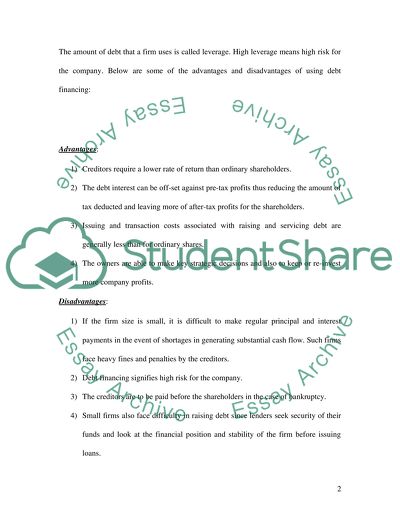Cite this document
(The Theory of Optimal Capital Structure Coursework, n.d.)
The Theory of Optimal Capital Structure Coursework. Retrieved from https://studentshare.org/finance-accounting/1540483-discuss-the-theory-of-optimal-capital-structure
The Theory of Optimal Capital Structure Coursework. Retrieved from https://studentshare.org/finance-accounting/1540483-discuss-the-theory-of-optimal-capital-structure
(The Theory of Optimal Capital Structure Coursework)
The Theory of Optimal Capital Structure Coursework. https://studentshare.org/finance-accounting/1540483-discuss-the-theory-of-optimal-capital-structure.
The Theory of Optimal Capital Structure Coursework. https://studentshare.org/finance-accounting/1540483-discuss-the-theory-of-optimal-capital-structure.
“The Theory of Optimal Capital Structure Coursework”. https://studentshare.org/finance-accounting/1540483-discuss-the-theory-of-optimal-capital-structure.


